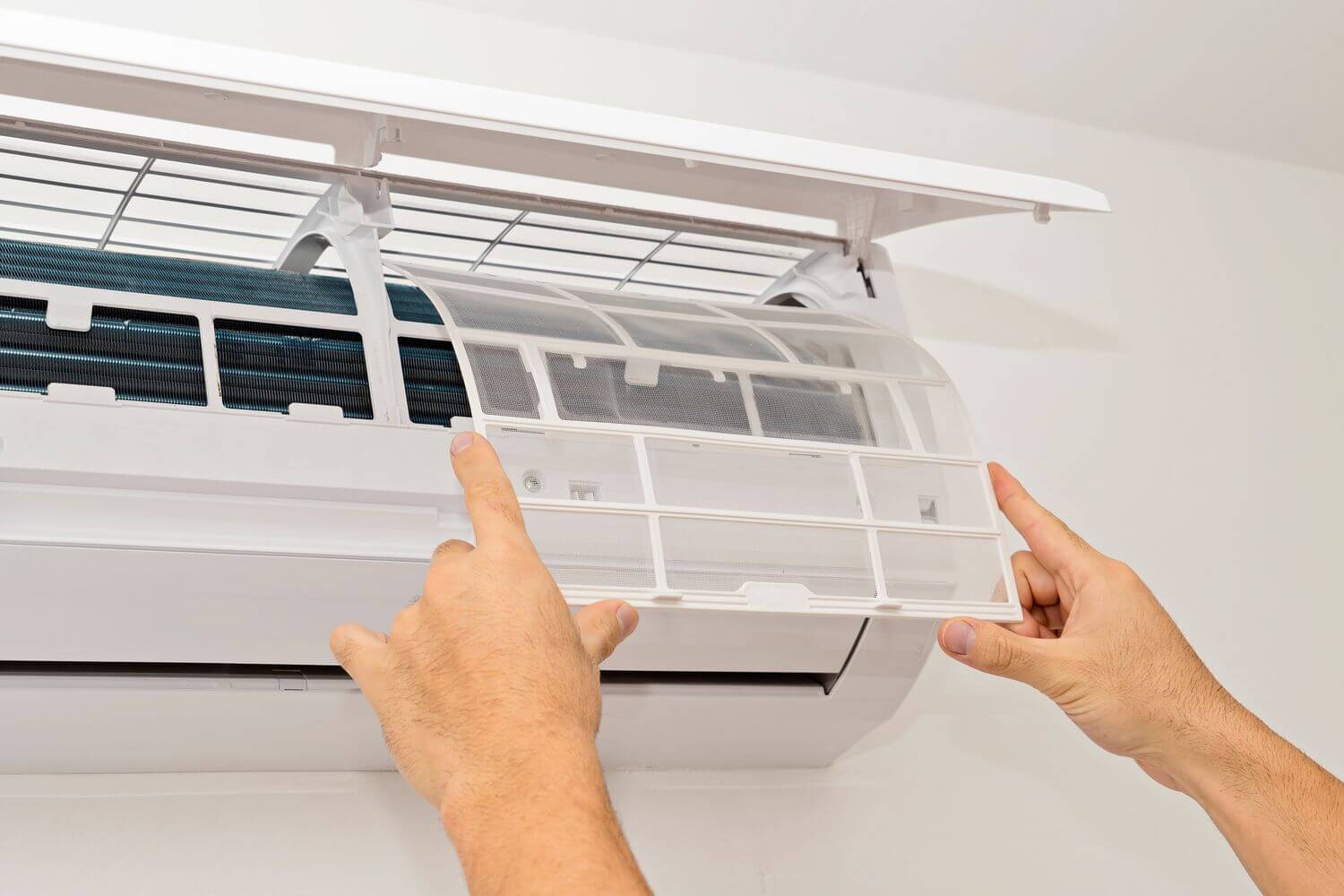

Articles
Where Is AC Filter Located
Modified: May 6, 2024
Learn where the AC filter is located and how to replace it with our helpful articles. Keep your air conditioning system running smoothly.
(Many of the links in this article redirect to a specific reviewed product. Your purchase of these products through affiliate links helps to generate commission for Storables.com, at no extra cost. Learn more)
Introduction
Welcome to our comprehensive guide on AC filters! If you’re wondering where the AC filter is located in your air conditioning unit, you’ve come to the right place. AC filters play a crucial role in maintaining good air quality and maximizing the efficiency of your AC system. Understanding the importance of regular AC filter maintenance and knowing how to locate and replace the filter are essential for optimal performance and longevity of your AC unit.
When it comes to keeping your home cool and comfortable, the AC filter is a vital component. Its primary function is to trap dust, dirt, allergens, and other airborne particles, preventing them from circulating in your indoor air. This not only helps improve the air quality but also protects the AC equipment from clogging and excessive wear.
There are various types of AC filters available on the market, each with its own benefits and considerations. Some common types include fiberglass filters, pleated filters, electrostatic filters, and HEPA filters. Each type offers different levels of filtration and suitability for specific needs. Understanding the differences can help you make an informed decision when choosing a filter for your AC unit.
Regular AC filter maintenance is crucial to ensure optimal performance. Over time, filters can become clogged with dirt and debris, hindering airflow and reducing the efficiency of your AC system. This can lead to higher energy consumption, poor cooling performance, and potential strain on the components of your AC unit. By regularly cleaning or replacing your AC filter, you can prevent these issues and ensure the longevity and efficiency of your air conditioning system.
Now that we’ve emphasized the importance of AC filters and regular maintenance, let’s dive into the main purpose of this guide: locating the AC filter in your specific air conditioning unit. The location of the AC filter can vary depending on the type and model of your AC unit. In the following sections, we will explore common filter locations in different types of AC units and provide tips to help you find the filter in your specific system.
Without further ado, let’s embark on this journey to discover where your AC filter is located and how to properly maintain it for optimal performance and air quality.
Key Takeaways:
- Regular AC filter maintenance is crucial for improved air quality, energy efficiency, and extended system lifespan. Understanding filter types and proper replacement techniques ensures optimal AC performance.
- Locating the AC filter in your specific unit can be challenging, but consulting the user manual and following expert tips will help you maintain clean and efficient air conditioning.
Read more: Where Is The AC Condenser Located
Understanding the AC Filter
Before we delve into the process of locating the AC filter, it’s essential to understand the role and significance of this component within your air conditioning system. The AC filter is responsible for capturing and removing dust, pet dander, pollen, mold spores, and other airborne particles from the air circulating through your AC unit.
The filter acts as a barrier, preventing these contaminants from being recirculated into your living space. This not only improves the air quality in your home but also helps protect the AC system by reducing the amount of debris that can accumulate on the internal components, such as the coils and blower motor.
Furthermore, the AC filter is crucial for maintaining proper airflow within the system. A clean filter allows air to pass through easily, promoting efficient cooling and reducing strain on the unit. On the other hand, a clogged or dirty filter restricts airflow, which can lead to reduced cooling performance, higher energy consumption, and potential damage to the AC system.
Considering the impact of the AC filter on both air quality and system performance, it’s crucial to regularly clean or replace the filter. The frequency of filter maintenance depends on various factors, including the type of filter, the level of pollutants in your environment, and the usage of your AC unit.
Most experts recommend checking the filter monthly and cleaning or replacing it every three to six months. However, if you have pets, allergies, or live in a particularly dusty environment, more frequent filter changes may be necessary. Consulting your AC unit’s manual or contacting a professional can help you determine the appropriate maintenance schedule for your specific system.
By understanding the role and importance of the AC filter, you can appreciate the significance of locating and maintaining this component within your air conditioning unit. In the next section, we will explore the various types of AC filters available and their specific advantages and considerations.
Types of AC Filters
When it comes to AC filters, there is a wide variety of options available to suit different needs and preferences. Understanding the different types of filters can help you make an informed decision when selecting the right one for your air conditioning unit. Let’s take a closer look at some of the most common types of AC filters:
- Fiberglass Filters: Fiberglass filters are among the most basic and affordable options. They consist of a thin fiberglass material woven into a mesh-like pattern. These filters are designed to capture large particles, such as dust and debris, but are not as effective at trapping smaller particles or allergens. They are typically disposable and need to be replaced every 30 to 60 days.
- Pleated Filters: Pleated filters are made of polyester or cotton and feature pleats, which provide a larger surface area for capturing particles. These filters are more efficient at filtering out smaller particles, including allergens and pet dander. Pleated filters generally have a longer lifespan than fiberglass filters and can last anywhere from three to six months before needing replacement.
- Electrostatic Filters: Electrostatic filters are constructed with self-charging fibers that attract and trap particles as air passes through them. They are available in both washable and disposable options. Washable electrostatic filters can be cleaned and reused, reducing the environmental impact and long-term cost. These filters are effective at capturing small particles and have a longer lifespan compared to fiberglass or pleated filters.
- HEPA Filters: HEPA (High-Efficiency Particulate Air) filters are considered one of the most efficient types of filters. They are designed to capture 99.97% of particles as small as 0.3 microns. HEPA filters are highly effective at removing allergens, dust, mold spores, and even some bacteria and viruses from the air. These filters are commonly used in hospitals and high-performance HVAC systems, but may require modifications to the AC unit for proper installation.
It’s important to note that choosing the right filter type depends on your specific needs, allergies, indoor air quality concerns, and the recommendations of your HVAC system manufacturer. Consult your AC unit’s manual or speak with a professional to determine the most suitable filter type and MERV (Minimum Efficiency Reporting Value) rating for your system.
Now that we’ve explored the different types of AC filters available, it’s time to move on to the next section, where we’ll discuss the importance of regular AC filter maintenance and the impact it has on your air conditioning system’s performance and efficiency.
Importance of Regular AC Filter Maintenance
Regular AC filter maintenance is essential for the optimal performance and longevity of your air conditioning system. Neglecting to clean or replace the filter can have several negative consequences that can impact both the efficiency of your AC unit and the quality of the air in your home.
Here are a few key reasons why regular AC filter maintenance is crucial:
- Improved Air Quality: The primary function of an AC filter is to capture and remove airborne particles, including dust, pollen, pet dander, mold spores, and other allergens. By regularly cleaning or replacing the filter, you ensure that these pollutants are effectively removed from the air circulating in your home. This is particularly important for individuals with allergies, asthma, or respiratory conditions.
- Enhanced Energy Efficiency: A dirty or clogged AC filter restricts the airflow in your air conditioning system. This means that your AC unit has to work harder to cool the air, leading to increased energy consumption. By regularly maintaining a clean filter, you can ensure optimal airflow, allowing your AC system to operate efficiently and reducing energy costs.
- Extended AC System Lifespan: When the AC filter becomes clogged with dirt and debris, it not only hinders airflow but also allows the accumulation of particles on the internal components of the AC unit, such as the coils and blower motor. This can lead to reduced efficiency, increased wear and tear, and potential damage to the system. Regular filter maintenance helps to prevent these issues and extend the lifespan of your AC unit.
- Prevention of System Breakdowns: A clogged AC filter can cause the system to overheat, leading to malfunctions or even complete system failure. By ensuring that the filter is clean and free of debris, you minimize the risk of costly breakdowns and the need for emergency repairs.
- Cost Savings: Regular AC filter maintenance can lead to significant cost savings in the long run. By improving energy efficiency and preventing system breakdowns, you can reduce your energy bills and avoid expensive repairs or premature AC unit replacements.
It’s important to note that the frequency of filter maintenance depends on several factors, including the type of filter, the air quality in your environment, and the usage of your AC unit. However, a general rule of thumb is to check the filter monthly and clean or replace it every three to six months. If you have pets, live in a dusty area, or suffer from allergies, more frequent maintenance may be required.
Now that we understand the importance of regular AC filter maintenance, let’s move on to the next section, where we’ll discuss how to locate the AC filter in your specific air conditioning unit.
Locating the AC Filter
Locating the AC filter in your air conditioning unit is the first step towards maintaining its cleanliness and optimizing performance. The precise location of the filter can vary depending on the type and model of your AC unit. However, there are some common areas where you can typically find the AC filter.
To begin, it’s important to locate the return air vents in your home. These vents are responsible for pulling air from the rooms and returning it to the AC system for cooling. The AC filter is usually located somewhere along the pathway of the return air.
Here are the most common areas where you can find the AC filter:
- Ceiling Return Grille: In some cases, the AC filter may be located behind a ceiling return grille. To access it, you might need a ladder or step stool to reach the grille. Remove the grille by unscrewing it or releasing the clips, and you should find the filter behind it.
- Wall Return Grille: Similar to the ceiling return grille, the AC filter may be located behind a wall return grille. These grilles are often located lower on the wall, typically closer to the floor. Remove the grille to access the filter.
- Furnace Cabinet: In HVAC systems where the air handler and furnace are combined, the AC filter might be located within the furnace cabinet. The cabinet can usually be accessed by removing the front panel. Once opened, you should be able to see the filter in place.
- Air Handler Unit: In some AC systems, the filter is housed within the air handler unit itself. The air handler is typically located in a utility closet, basement, or attic. Check the air handler unit for an access panel that allows you to reach the filter.
It’s important to note that the specific location and the method of accessing the AC filter may vary based on the manufacturer and model of your air conditioning unit. Consulting the user manual provided by the manufacturer or contacting a professional HVAC technician can provide you with accurate information regarding the location and access to the AC filter in your specific system.
Now that you have a general idea of where the AC filter might be located, the next section will provide tips on how to find the filter in your specific AC unit.
The AC filter is typically located behind the return air grille or inside the air handler unit. Refer to the manufacturer’s manual for specific instructions on how to access and replace the filter.
Read more: Where Is HVAC Filter Located
Common Locations of AC Filters in Different Types of AC Units
The location of the AC filter can vary depending on the type and model of your air conditioning unit. To provide a better understanding, let’s explore the common locations of AC filters in different types of AC units:
- Window Units: For window air conditioning units, the AC filter is typically located on the front panel or grille of the unit. To access the filter, remove the front panel or open the grille, and you should see the filter. Some window units have a slide-out design, making it easier to remove and replace the filter.
- Split Systems: In split system air conditioners, which consist of an indoor and outdoor unit, the AC filter is usually located in the indoor unit. The indoor unit can be a wall-mounted unit, a ceiling cassette, or a floor-standing unit. The filter is typically found behind a front panel or grille. Remove the panel or grille to access and replace the filter.
- Ducted Systems: In ducted air conditioning systems, the AC filter is located within the ductwork near the air handler unit or furnace. The filter is typically housed in a filter slot or a filter rack. Open the filter slot or rack to remove and replace the filter. Some ducted systems may have multiple filters, so be sure to check all possible locations.
- Package Units: Package units are self-contained air conditioning systems that are usually installed outside of the building. The AC filter in package units is typically located within the access panel on the side or top of the unit. Open the access panel to reveal the filter and replace it as needed.
- Central AC Systems: Central air conditioning systems are commonly found in larger homes and commercial buildings. In these systems, the AC filter is usually located in the return air duct or a filter grille. Return air ducts are usually located in the ceiling, floor, or walls. Look for the return air grille or access panel to find the filter. In some central AC systems, the filter may also be located within the air handler unit.
It’s important to note that the specific locations may vary depending on the manufacturer and model of your AC unit. Always refer to your AC unit’s user manual for accurate information on locating and accessing the AC filter. If you’re unsure or encounter difficulties finding the filter, it is recommended to reach out to a professional HVAC technician for assistance.
Now that you have an idea of where the AC filter can be located in different types of AC units, the next section will provide useful tips to help you find the filter in your specific air conditioning system.
Tips for Finding the AC Filter in Your Specific AC Unit
Locating the AC filter in your specific air conditioning unit can sometimes be a bit challenging, especially if you’re unfamiliar with its design. Here are some helpful tips to guide you in finding the AC filter in your AC unit:
- Refer to the user manual: The user manual provided by the manufacturer is a valuable resource that contains specific information about your AC unit, including the location of the filter. Take some time to review the manual and look for any instructions or diagrams that indicate where the filter is located.
- Inspect the return air vents: As mentioned earlier, the AC filter is usually located along the pathway of the return air. Start by identifying the return air vents in your home. Check for any grilles or openings that can be easily removed or accessed. The filter is likely to be located behind one of these grilles.
- Examine the front panel or access panel: Many AC units have a front panel or access panel that can be opened to access internal components, including the filter. Look for any screws, latches, or clips that secure the panel in place. If necessary, consult the user manual for instructions on how to safely remove the panel.
- Check the air handler or furnace cabinet: If your AC unit is combined with a furnace or has a separate air handler unit, the AC filter may be located within the cabinet. Look for an access panel on the front or sides of the cabinet. Open the panel to reveal the filter. In some cases, the filter may be housed in a separate compartment within the cabinet.
- Inspect the ductwork: In ducted AC systems, the AC filter is often located within the ductwork near the air handler unit. Carefully examine the ductwork for any sections that have an access panel, filter rack, or filter slot. These are common locations where the filter might be housed.
- Seek professional assistance: If you’re still having trouble finding the AC filter despite your best efforts, it may be time to seek professional help. HVAC technicians have experience with various AC units and can quickly locate the filter for you. They can also provide guidance and recommendations for filter maintenance based on your specific system.
Remember, the location of the AC filter can vary depending on the manufacturer and model of your AC unit. Use these tips as a general guideline, but always consult the user manual or contact a professional for accurate information specific to your system.
Now that you are armed with tips for finding the AC filter in your specific AC unit, it’s time to learn how to properly remove and replace the filter. The final section of this guide will provide instructions on this crucial maintenance task.
Proper Technique for Removing and Replacing the AC Filter
Properly removing and replacing the AC filter is essential for maintaining good air quality and optimal performance of your air conditioning system. Follow these steps to ensure you perform this maintenance task correctly:
- Turn off the AC unit: Before you begin, make sure to turn off your air conditioning system. This will prevent any potential airflow that may stir up dust or debris as you remove the filter.
- Locate the filter: Refer to the user manual or the information provided in the previous sections to find the exact location of the AC filter in your specific AC unit.
- Remove the access panel or grille: Depending on your AC unit, you may need to unscrew, unclip, or lift the access panel or grille to access the filter. Follow the instructions provided by the manufacturer to safely remove the panel without causing any damage to the unit.
- Inspect the existing filter: Take a moment to examine the existing filter. This will give you an idea of its condition and whether it needs cleaning or replacement. If the filter is dirty, clogged, or damaged, it’s time for a replacement. If it’s a washable filter, check if it’s due for a cleaning based on the manufacturer’s instructions.
- Remove the old filter: Carefully remove the old filter from its slot or housing. Pay attention to the orientation of the filter, as there may be arrows or markings indicating the proper airflow direction. Dispose of the old filter appropriately if it’s disposable, or proceed to the next step if it’s washable.
- Clean or replace the filter: If you have a washable filter, rinse it under running water to remove dirt and debris. Allow the filter to air dry completely before placing it back into the unit. For disposable filters, insert a new filter of the correct size and filtration rating into the slot or housing, making sure it fits snugly and is oriented correctly.
- Reinstall the access panel or grille: Carefully reattach the access panel or grille, ensuring it is securely in place. Make sure all screws, clips, or latches are properly tightened to prevent any air leaks around the filter.
- Turn on the AC unit: Once you have successfully replaced or cleaned the filter and reinstalled the access panel or grille, you can turn your air conditioning system back on. Double-check that the system is operating correctly and that there are no unusual sounds or issues.
It’s important to follow the manufacturer’s guidelines and recommendations when it comes to the type of filter to use and the recommended maintenance schedule. Refer to your AC unit’s user manual for specific instructions on removing, cleaning, and replacing the filter.
By performing this maintenance task regularly and correctly, you will ensure that your AC system operates efficiently, maintains good air quality, and experiences fewer issues in the long run.
Now that you know how to properly remove and replace the AC filter, it’s time to wrap up this guide. Regular maintenance and care of your AC filter will help keep your air conditioning system running smoothly for years to come.
Conclusion
Congratulations! You’ve reached the end of our comprehensive guide on locating, maintaining, and replacing the AC filter in your air conditioning unit. Understanding the importance of the AC filter, its role in improving air quality and system performance, and how to properly care for it is crucial to ensure the longevity and efficiency of your AC system.
We began by highlighting the significance of the AC filter and its role in removing dust, allergens, and other airborne particles from the air circulating within your home. We explored the different types of AC filters available, including fiberglass, pleated, electrostatic, and HEPA filters, and discussed their specific benefits and considerations.
Next, we emphasized the importance of regular AC filter maintenance. By regularly cleaning or replacing the filter, you can improve air quality, enhance energy efficiency, extend the lifespan of your AC unit, and prevent costly breakdowns. We provided tips on how to locate the AC filter in your specific air conditioning unit, focusing on common locations and suggesting professional assistance if needed.
Lastly, we walked through the proper technique for removing and replacing the AC filter. Following these steps ensures that you perform this maintenance task correctly and maintain optimal performance in your AC system.
We hope this guide has been informative and helpful in your AC filter maintenance journey. Remember to consult the user manual provided by the manufacturer for detailed instructions specific to your AC unit. If you have any doubts or difficulties, don’t hesitate to seek assistance from a professional HVAC technician.
By taking care of your AC filter and performing regular maintenance, you can enjoy clean and efficient cooling, improved air quality, and the peace of mind that comes from knowing your air conditioning system is operating at its best.
Thank you for reading, and may you enjoy a cool and comfortable environment in your home!
Now that you've got a handle on AC filter locations and maintenance, why stop there? Dive deeper into keeping your living space in top shape with our engaging guide on routine upkeep. Whether you're tightening screws or polishing floors, understanding home maintenance can save you time, stress, and money. Don't miss out on our comprehensive insights that help ensure your home stays as welcoming and functional as ever. Ready to keep your dwelling spotless and systematic? Check out our detailed article next!
Frequently Asked Questions about Where Is AC Filter Located
Was this page helpful?
At Storables.com, we guarantee accurate and reliable information. Our content, validated by Expert Board Contributors, is crafted following stringent Editorial Policies. We're committed to providing you with well-researched, expert-backed insights for all your informational needs.
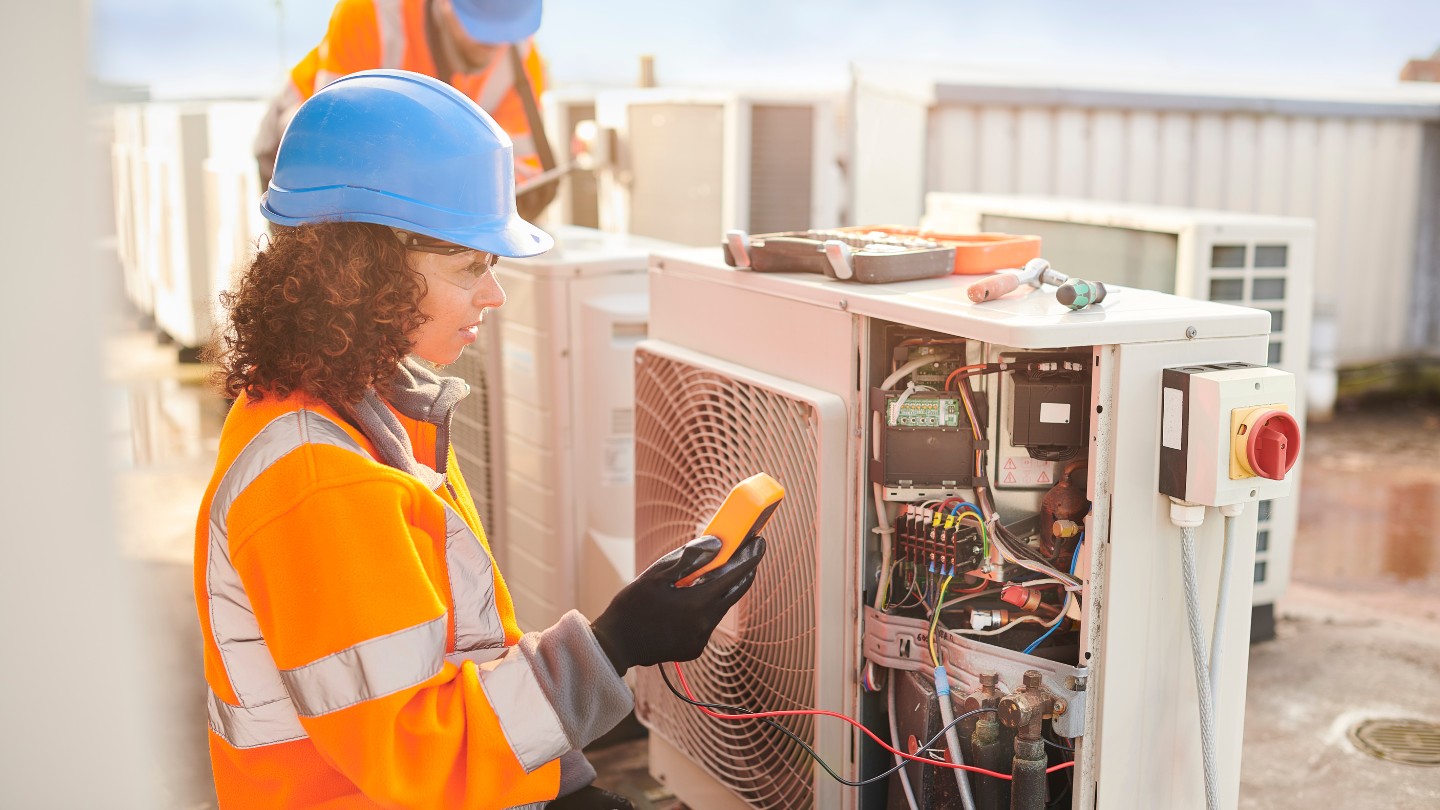
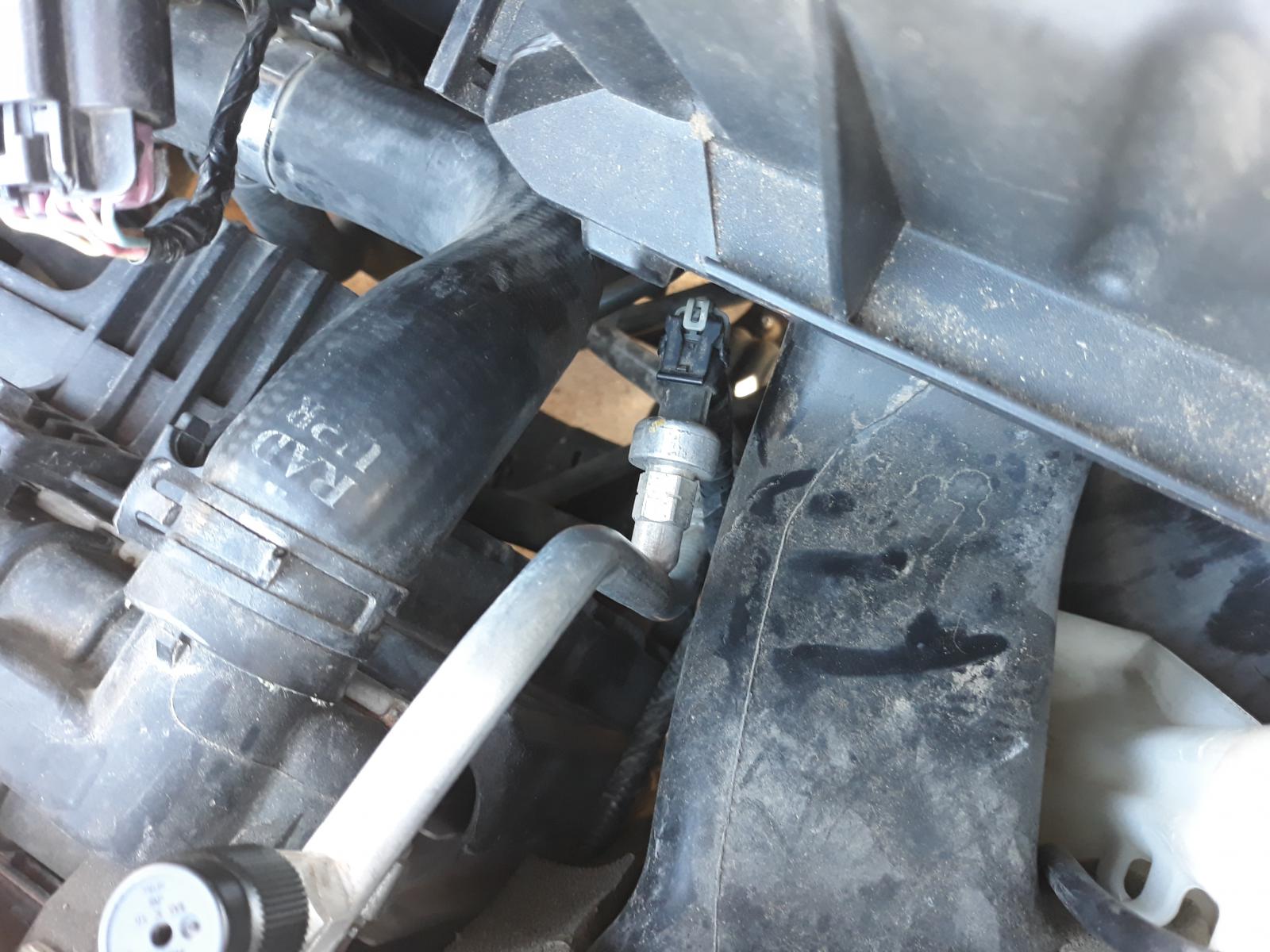
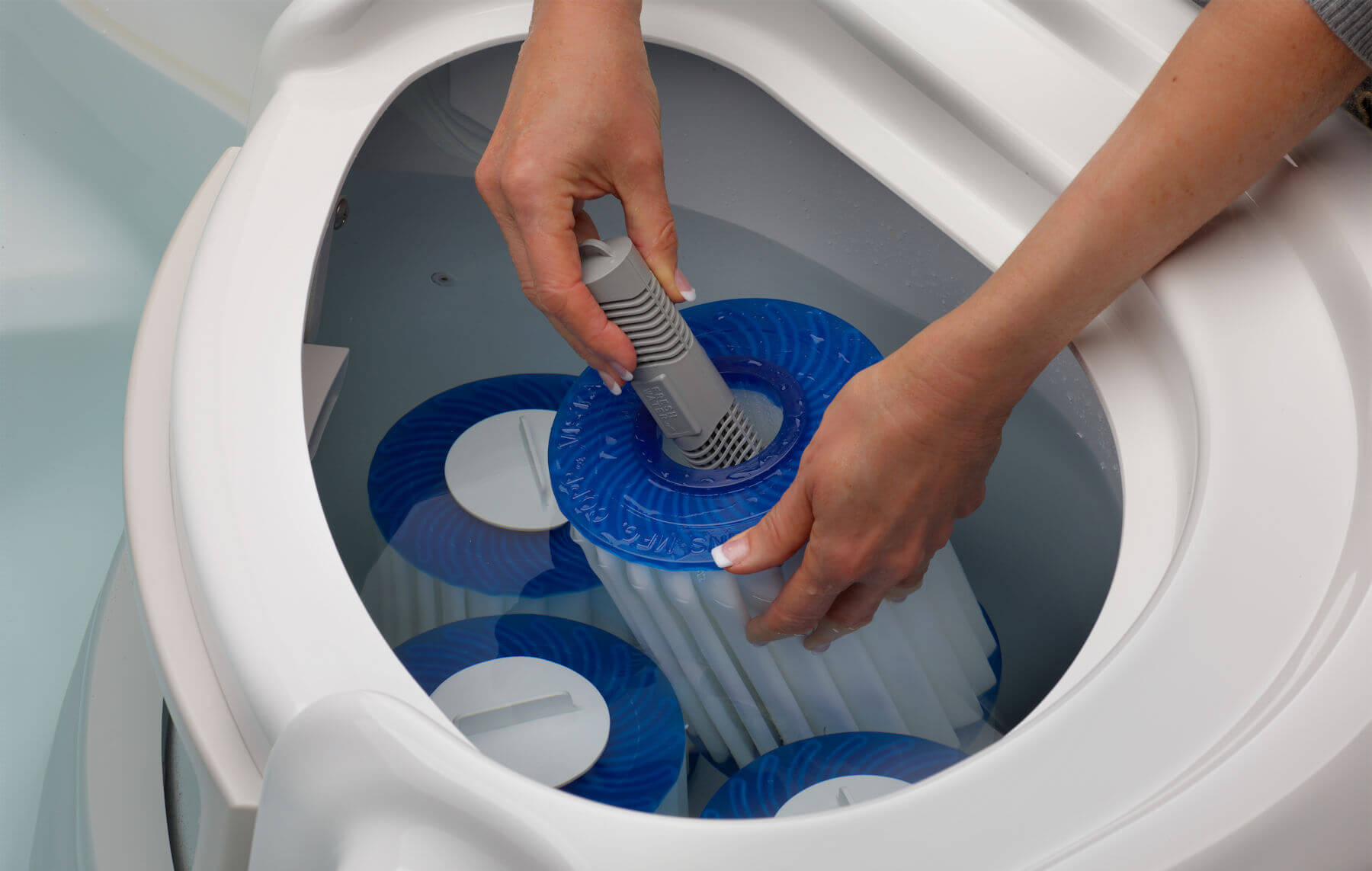
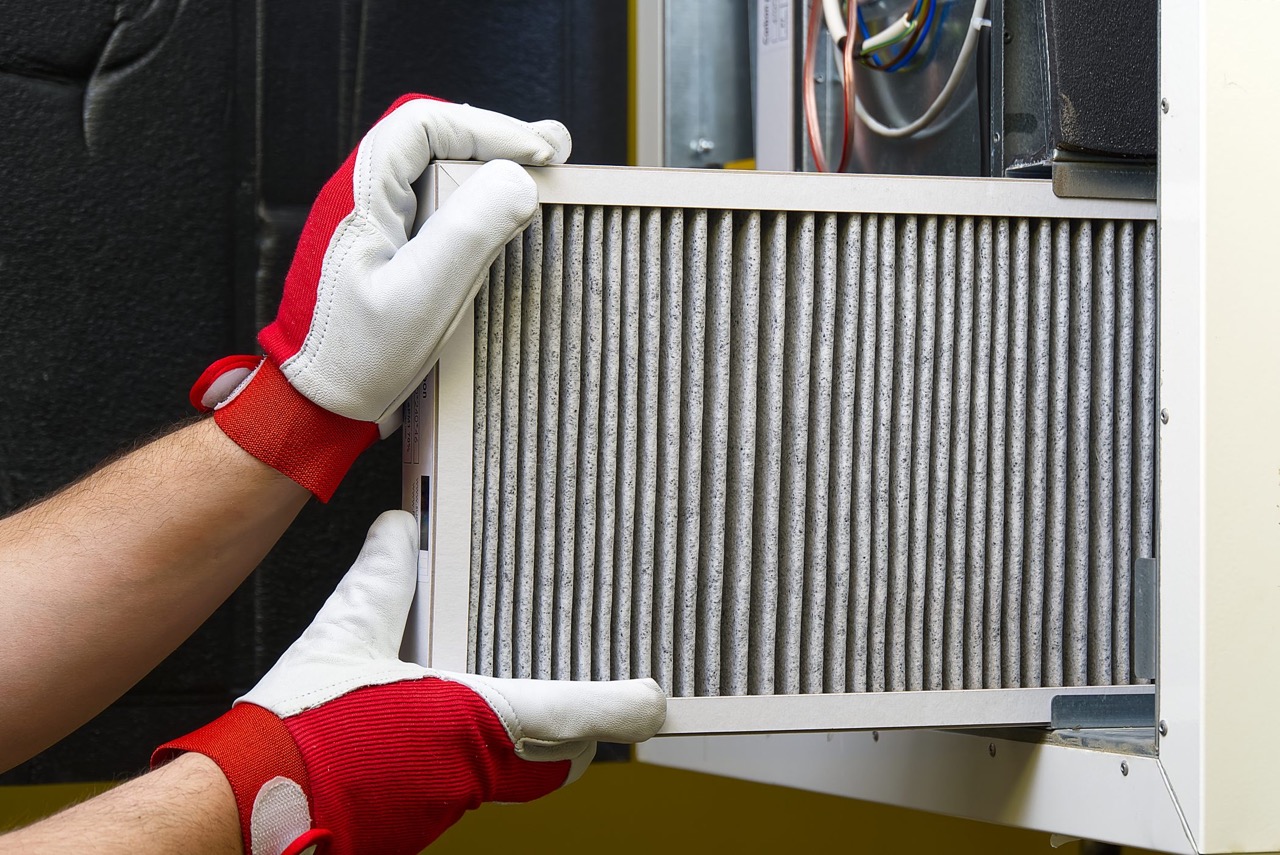
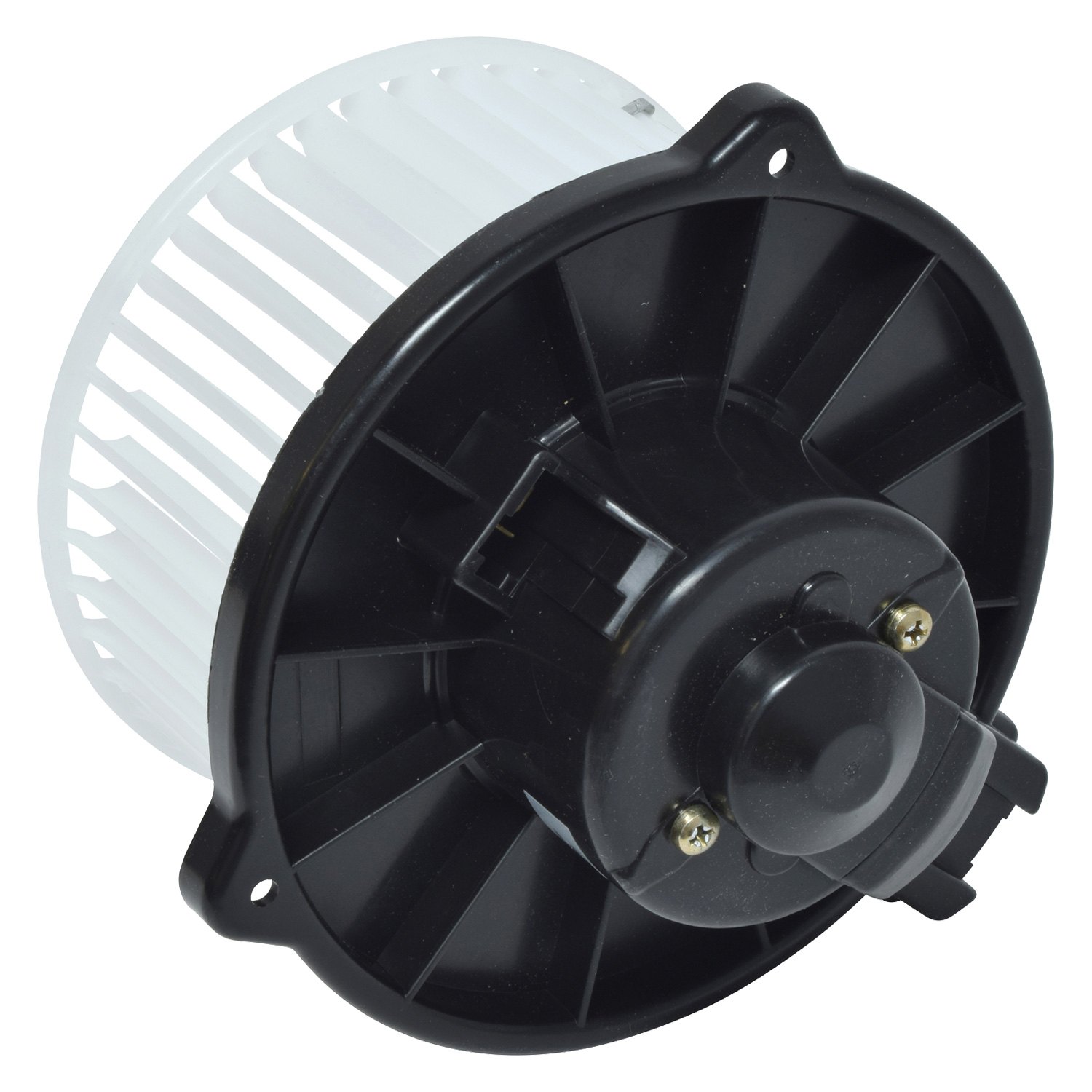

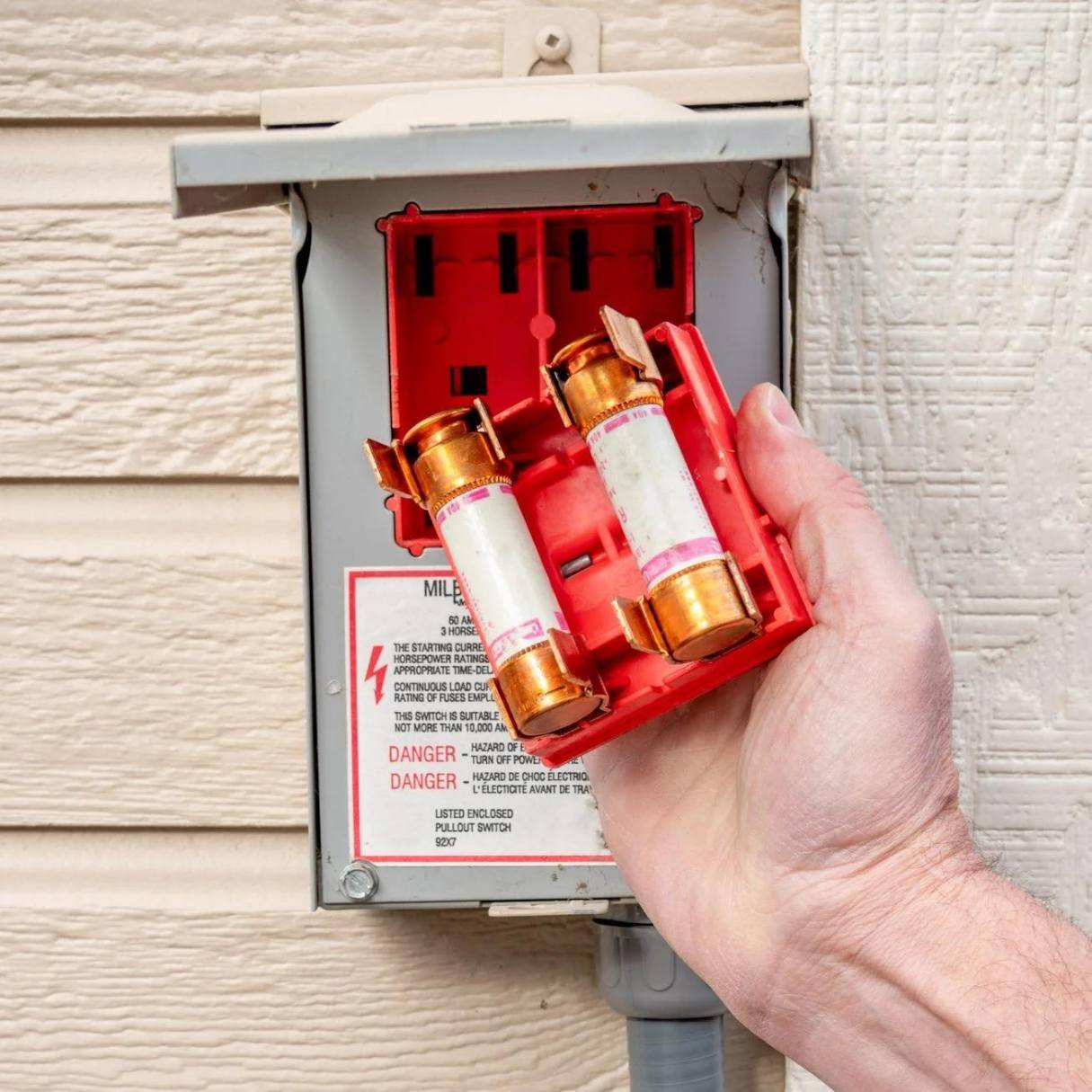
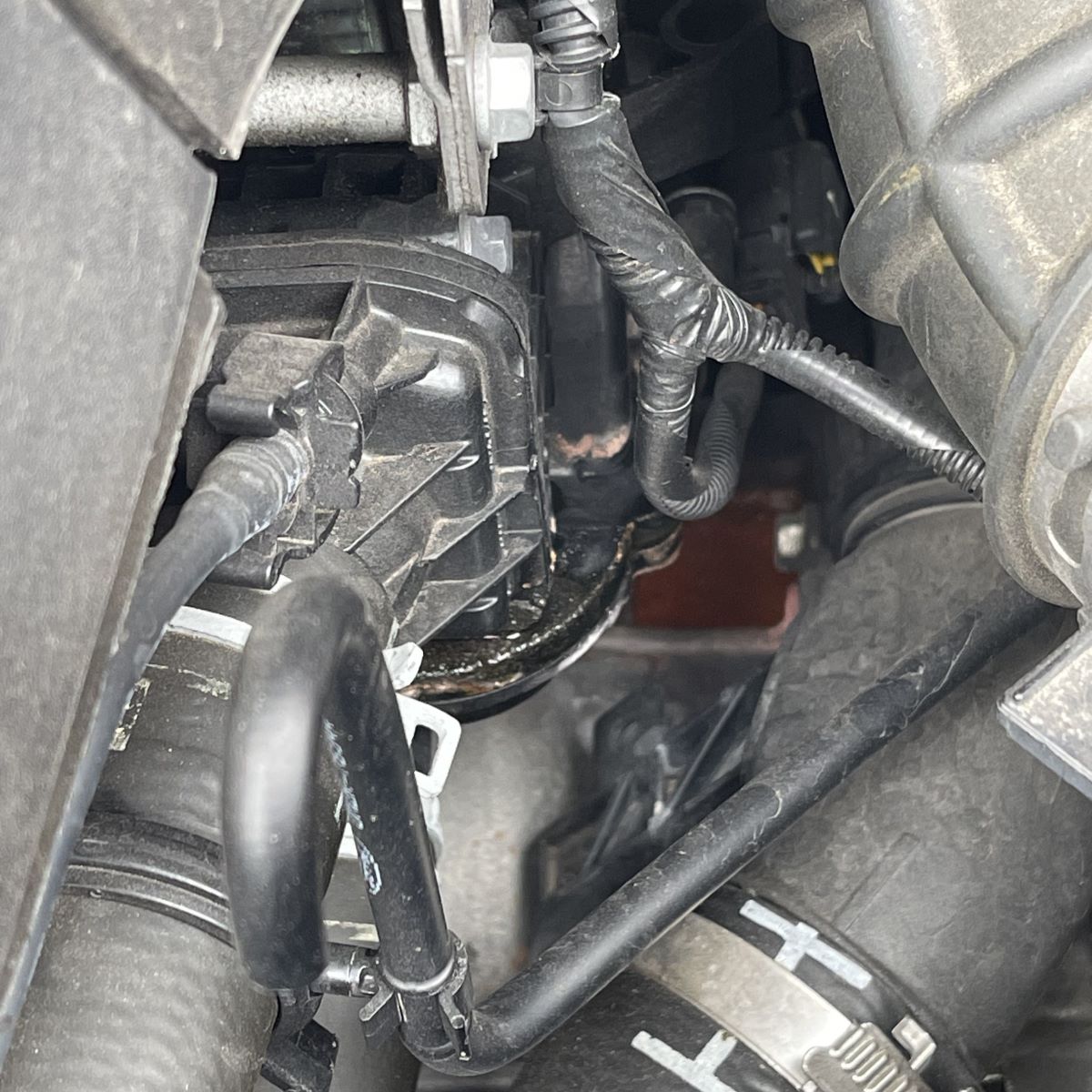
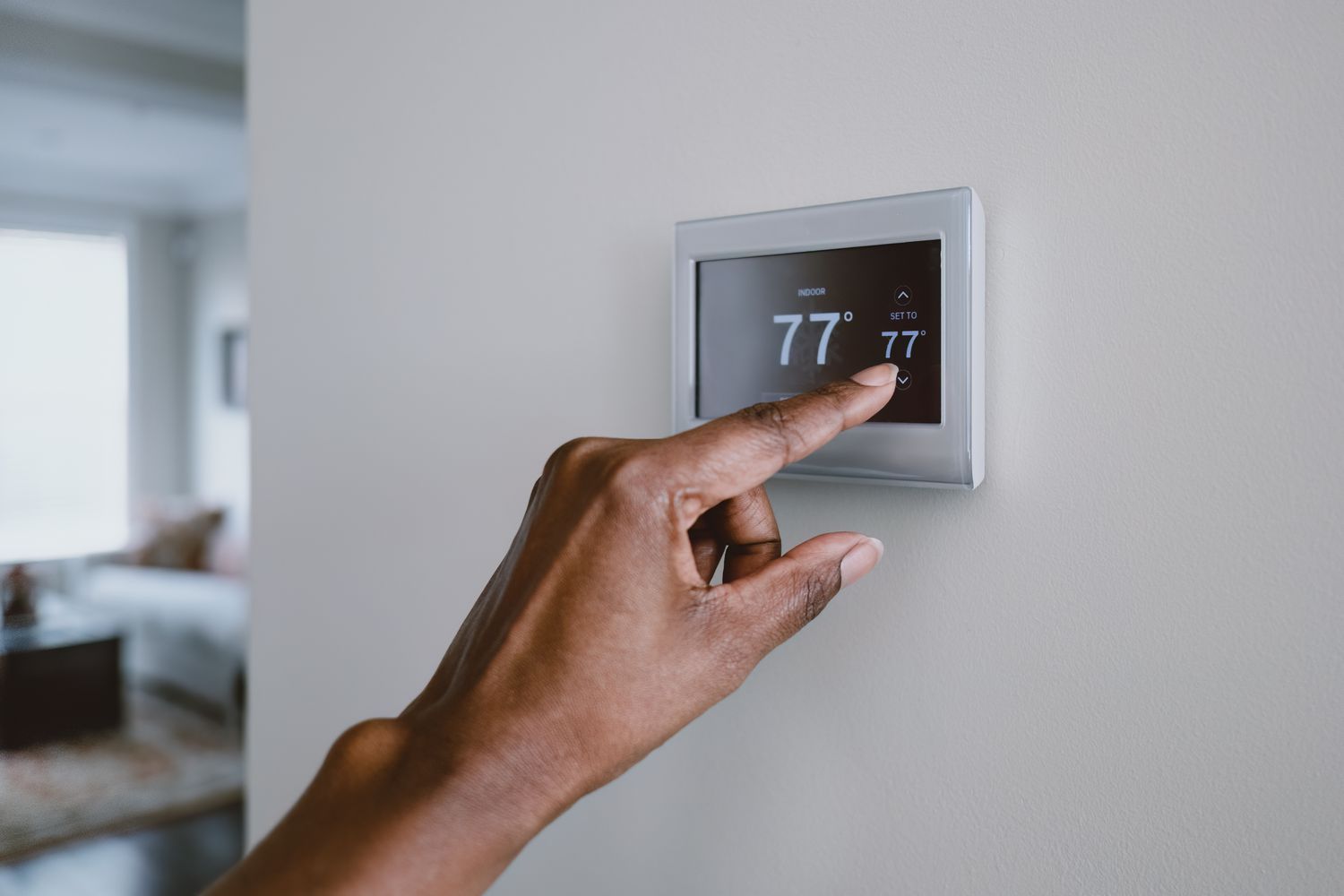
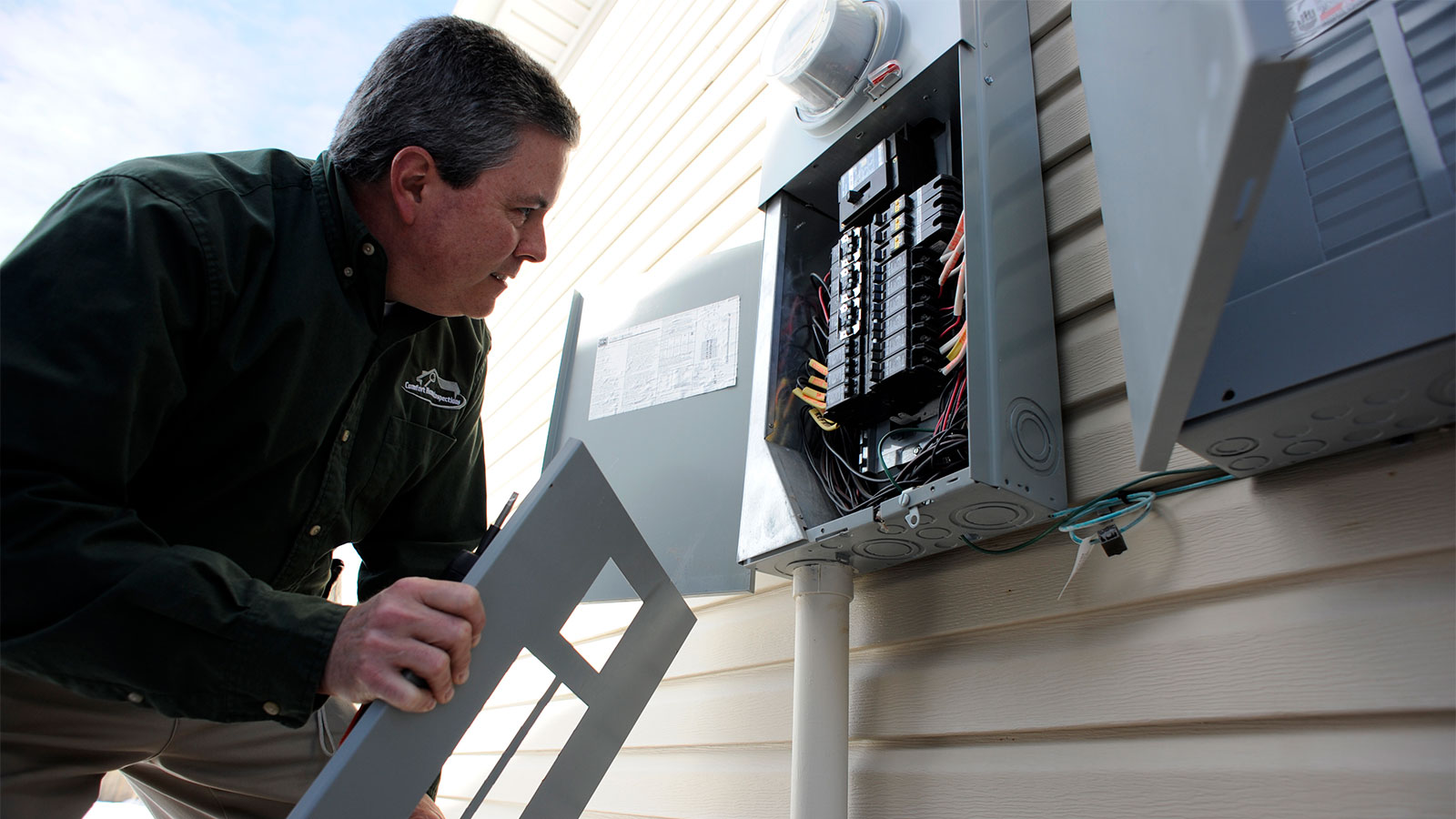
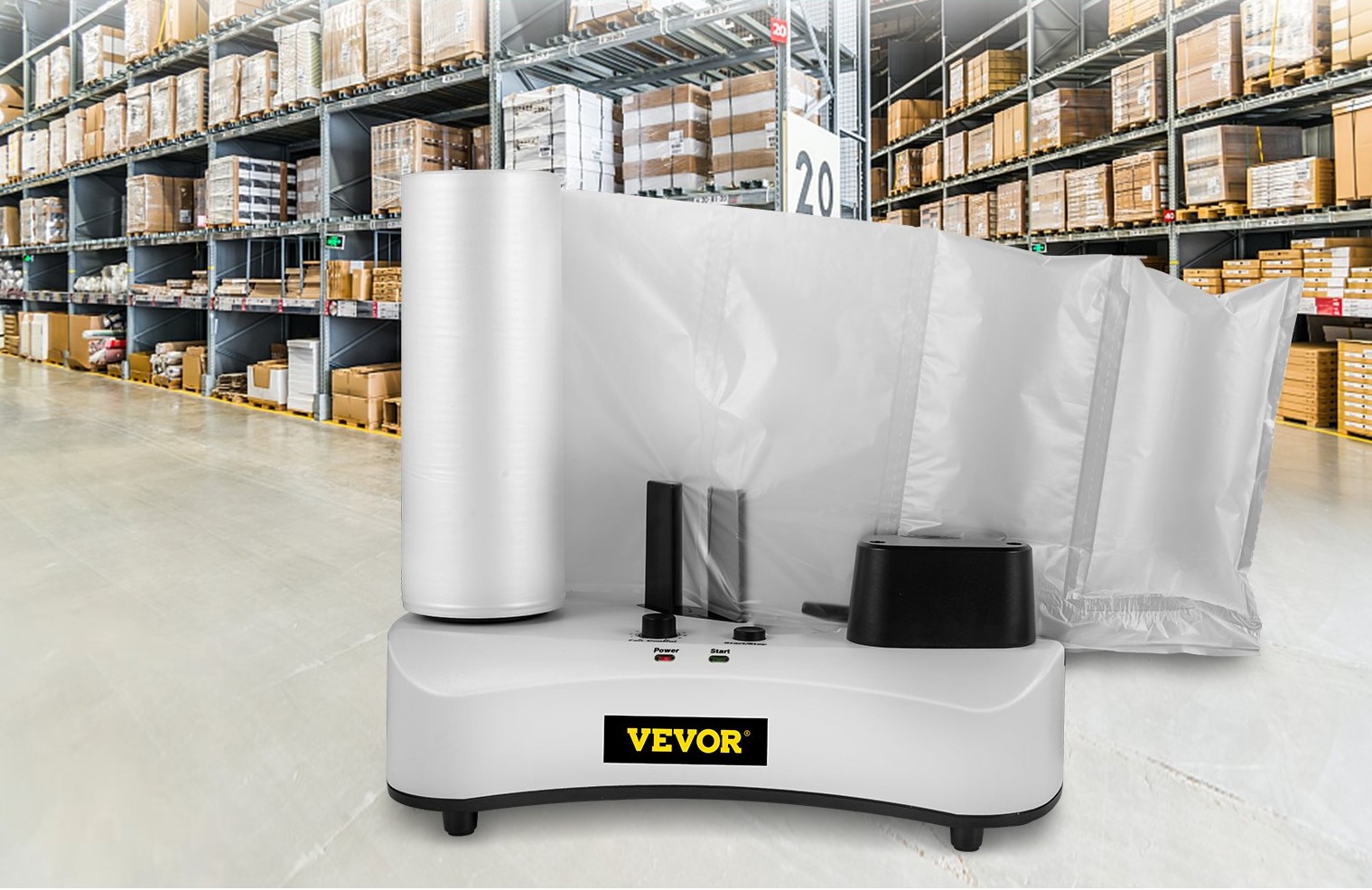

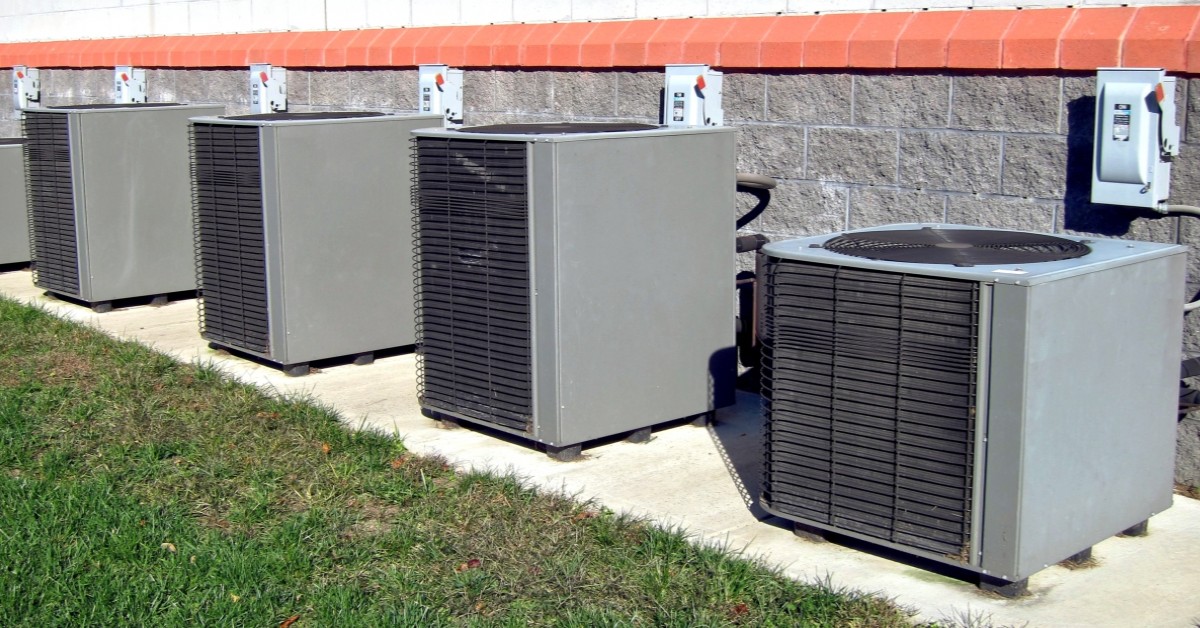
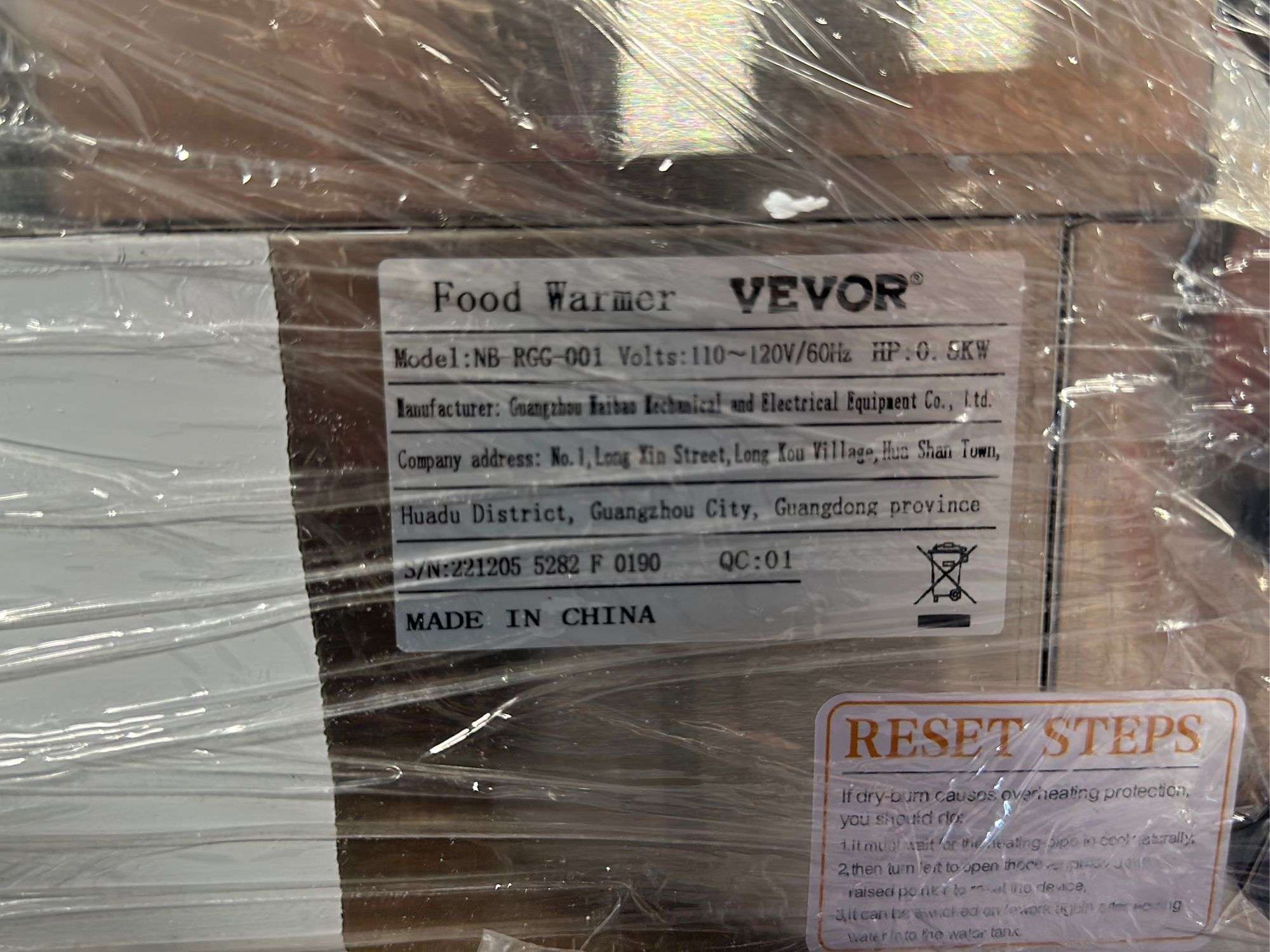

0 thoughts on “Where Is AC Filter Located”